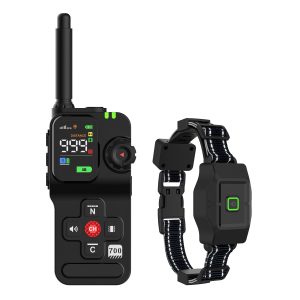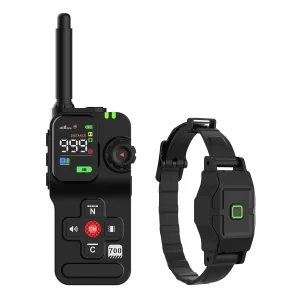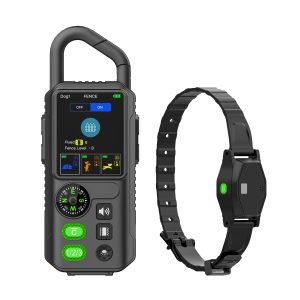The Ultimate Guide to Using PetSafe Bark Control Dog E-Collar
Introducing your furry friend to a bark control e-collar can be a game-changer in managing their behavior, particularly excessive barking. PetSafe has been a trusted name in pet products for years, and their bark control e-collar is no exception. This comprehensive guide will walk you through everything you need to know about using this innovative tool effectively.
Understanding the Bark Control Dog E-Collar
The PetSafe e-collar is designed to interrupt your dog’s excessive barking through safe, gentle corrections. It’s crucial to understand how this device works before diving into its usage. The collar detects vibrations in your dog’s vocal cords, triggering a correction whenever they bark excessively. This humane method helps in teaching your dog when it’s appropriate to bark.
Getting Started with the E-Collar
Before using the e-collar, it’s essential to ensure it fits your dog comfortably. Proper fit is crucial for the device to work effectively. Start by introducing the collar to your dog and allowing them to get used to wearing it without any corrections. This will help in preventing any negative association with the collar.
Training Your Dog with the E-Collar
Training is key when it comes to using the bark control e-collar. Positive reinforcement techniques combined with the e-collar’s corrections can help in teaching your dog to control their barking. Consistent training sessions, praise, and rewards will reinforce the desired behavior while discouraging excessive barking.
Tips for Success
- Be patient and consistent with training.
- Avoid leaving the e-collar on for extended periods.
- Supervise your dog during the initial stages of e-collar use.
- Consult a professional trainer for guidance, if needed.
Final Thoughts
Using a PetSafe bark control dog e-collar can be an effective tool in managing your dog’s barking behavior. Remember, patience, consistency, and positive reinforcement are key to successful training. With the right approach, you can help your furry companion learn when it’s appropriate to bark and when to stay quiet.




